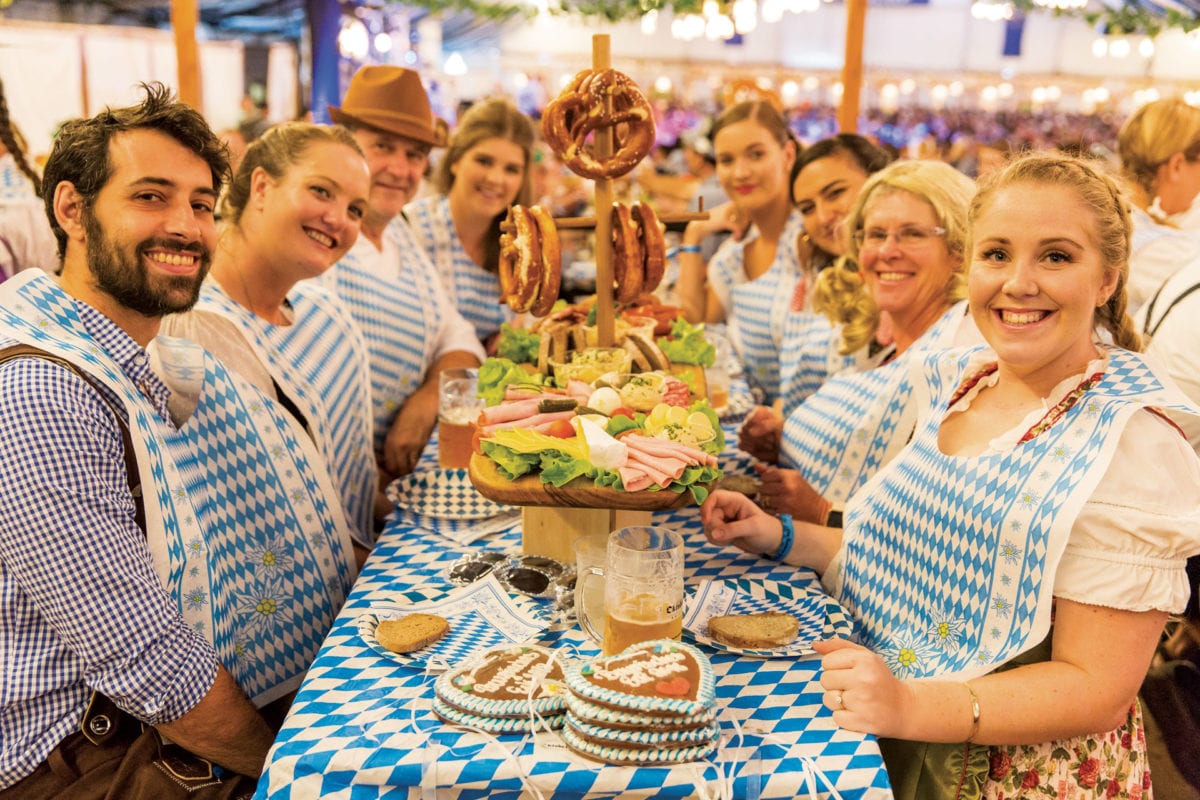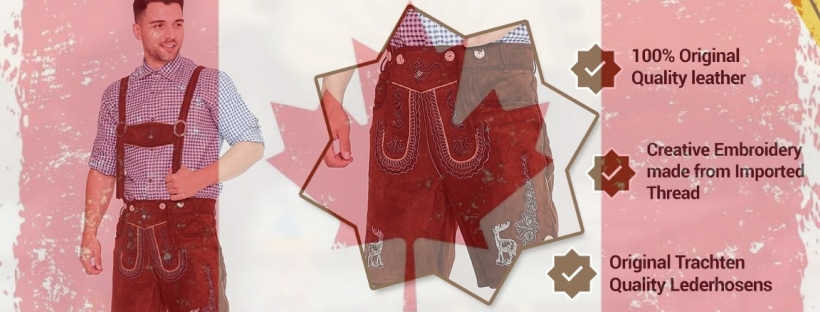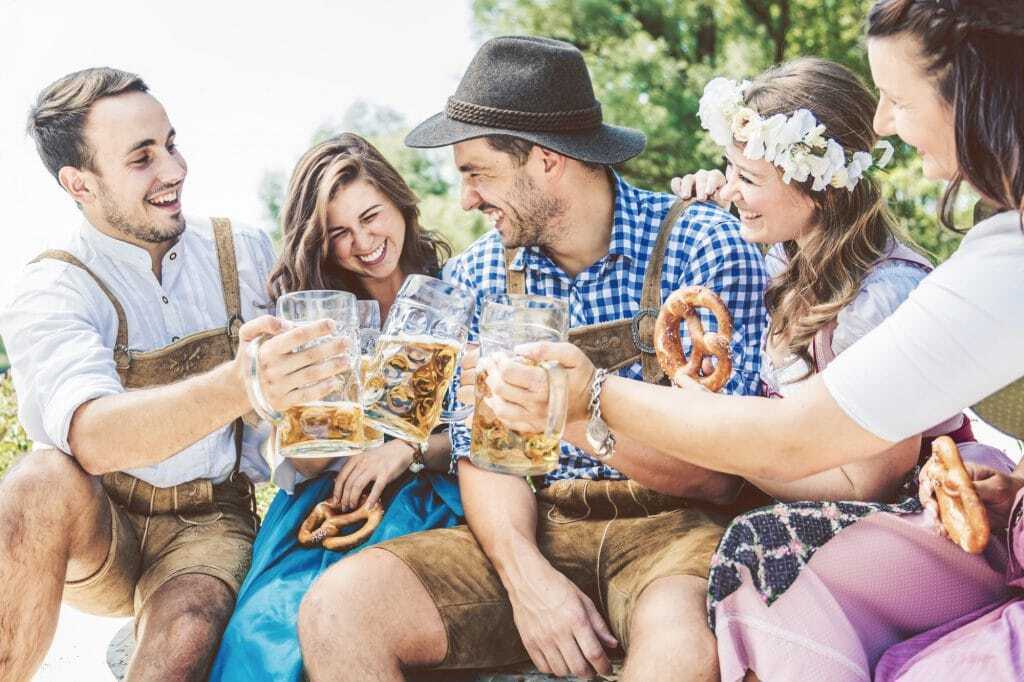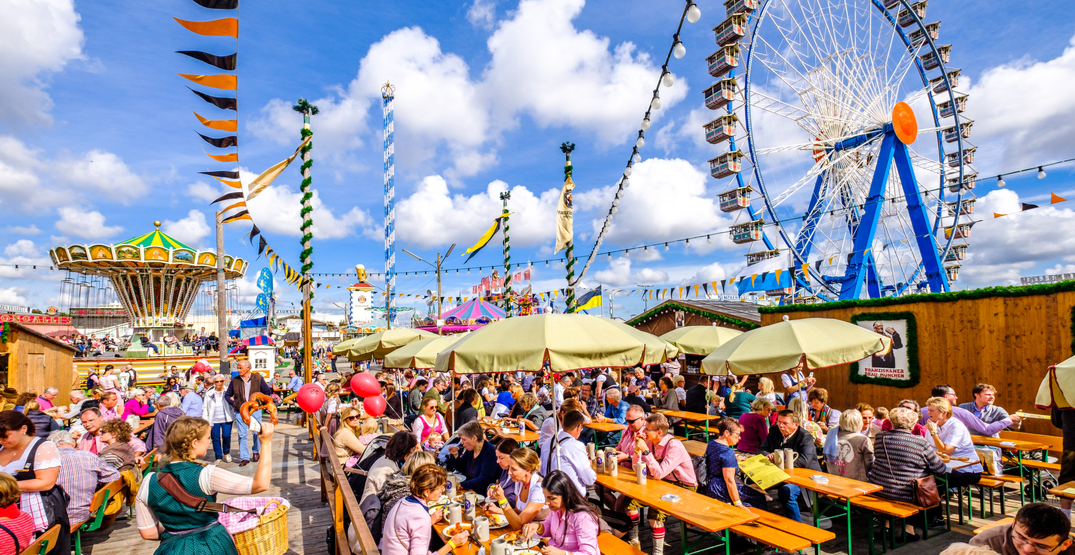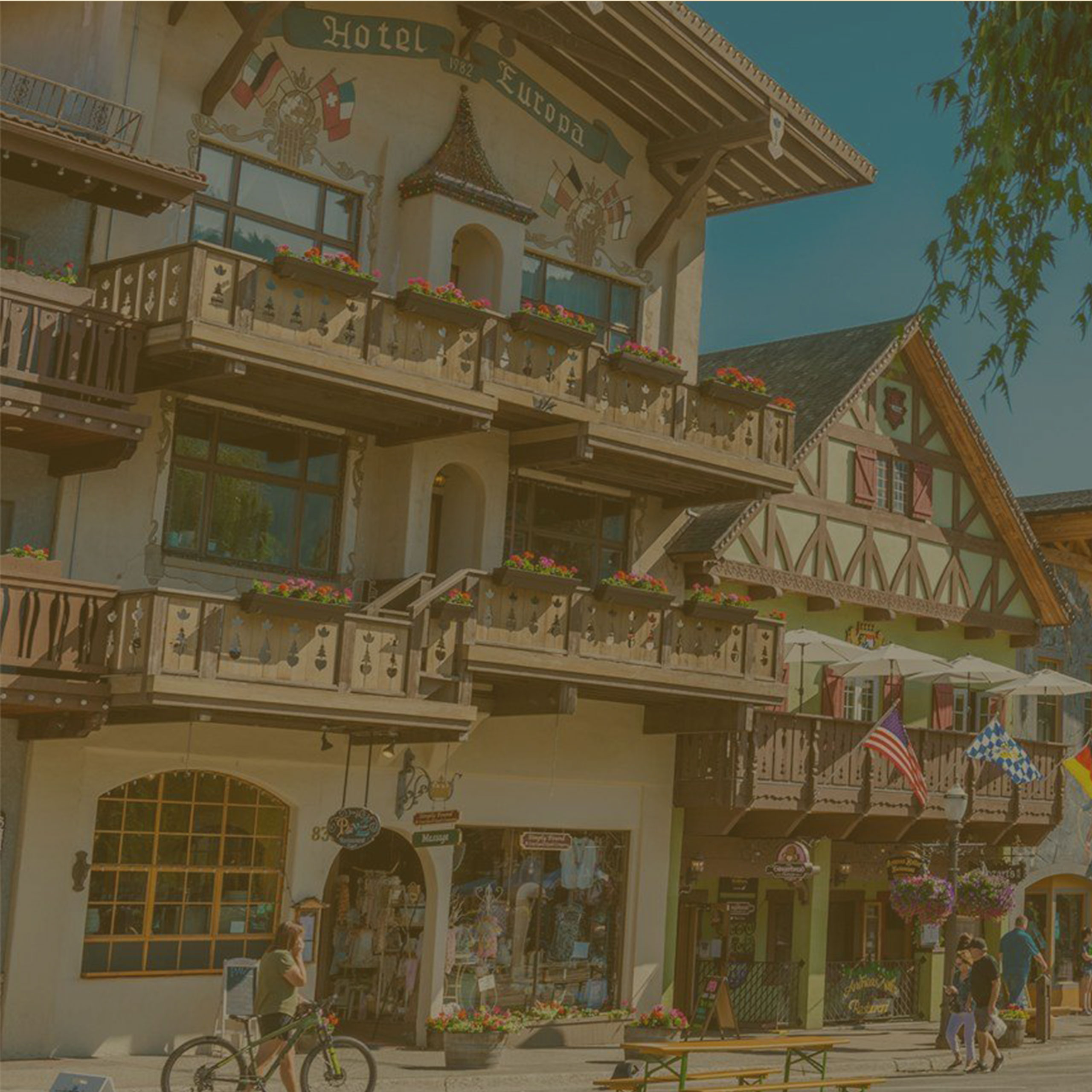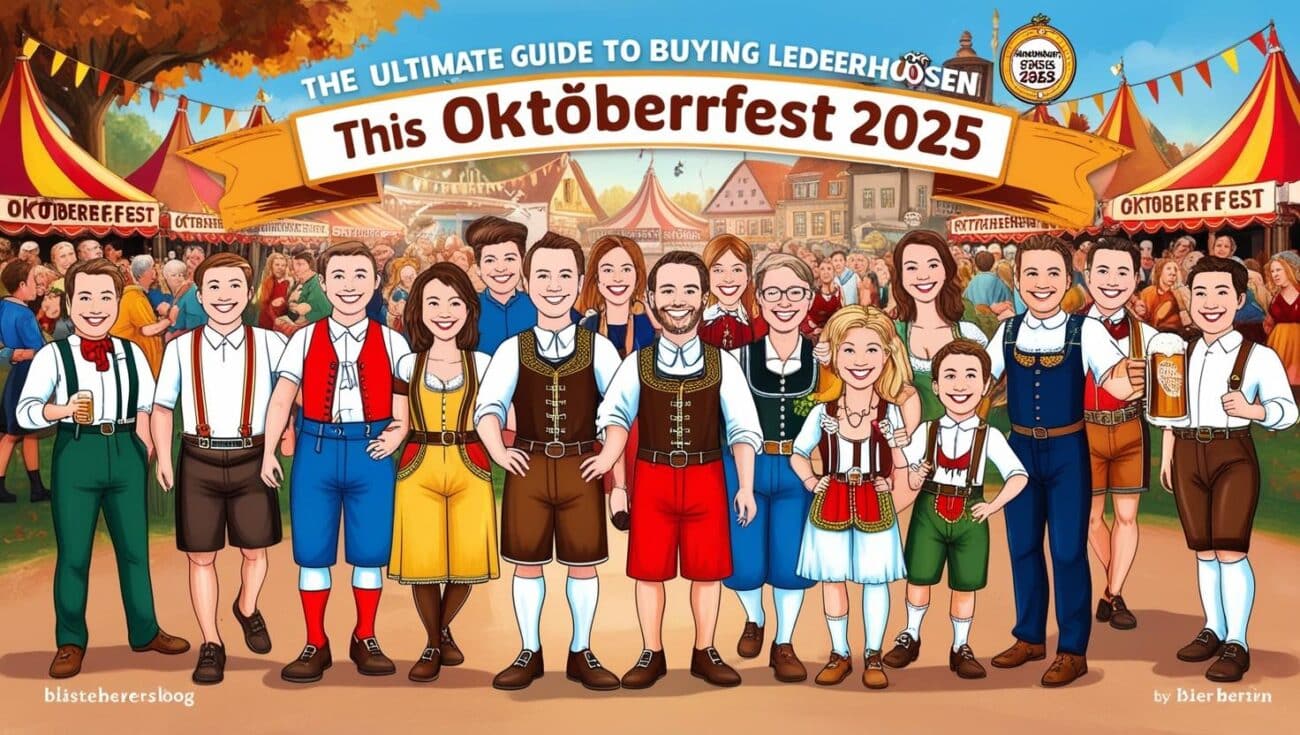Traditional clothing of Germany: Germany, a land steeped in history and vibrant culture, boasts a unique tapestry of traditional clothing styles. While the iconic Lederhosen and Dirndl might be the first images to come to mind, the story of German Trachten (traditional garments) goes far deeper. This comprehensive guide delves into the fascinating world of German traditional clothing, exploring its regional variations, historical significance, and enduring legacy.
Table of Contents
Beyond the Beer Halls: A Broader Look at Trachten
Lederhosen and Dirndl, synonymous with Bavarian festivities like Oktoberfest, are indeed prominent symbols of Traditional clothing of Germany. However, these garments represent just a slice of a much wider spectrum. Traditional clothing in Germany has a rich history, with regional variations reflecting local customs, materials, and social hierarchy.
The term “Tracht” itself encompasses a vast array of clothing styles worn across the country. These garments were originally practical attire for everyday life, reflecting the occupations and social status of the wearer. From the elaborate embroidery of the Black Forest to the colorful plaids of the Frisian Islands, each region boasts its own distinct Trachten tradition.
Unveiling the Stories: Regional Variations of Trachten
Let’s embark on a geographical journey to explore some of the most fascinating Traditional clothing of Germany:
- Bavaria: The undisputed home of Lederhosen (leather breeches) and Dirndl, Bavaria is synonymous with traditional German attire. Lederhosen, traditionally made from deerskin or goatskin, were originally worn by working-class men for their durability. The Dirndl, a dress featuring a bodice, blouse, skirt, and apron, evolved from a servant’s uniform and was later adopted by upper classes with richer fabrics and intricate embellishments.
- Black Forest: Nestled in southwestern Germany, the Black Forest region boasts a distinct Trachten style known for its dark colors and intricate embroidery. Women’s outfits typically feature a black straw hat, a bodice with elaborate floral embroidery, a full black skirt, and a red apron. Men traditionally wear black hats, knee-length breeches, a white shirt, and a black waistcoat with silver buttons.
- Frisian Islands: Off the North Sea coast, the Frisian Islands offer a unique Trachten style known for its vibrant colors and nautical influences. Women’s dresses are often adorned with intricate embroidery and feature bold colors like red, blue, and green. Men traditionally wear dark trousers, a striped vest, and a flat cap.
- Saxony: In the eastern region of Saxony, Trachten are known for their elegance and sophisticated tailoring. Women’s outfits typically feature long, flowing skirts in rich fabrics like velvet or silk, paired with a fitted bodice and a lace-trimmed apron. Men traditionally wear dark knee-breeches, a white shirt with a ruffled collar, and a long coat.
- Rhineland: Along the scenic Rhine River, Trachten have a more whimsical and playful character. Women’s outfits often feature floral prints and bright colors, with a focus on comfortable silhouettes. Men traditionally wear knee-length breeches in lighter colors, paired with a colorful waistcoat and a straw hat.
These are just a few examples of the diverse Traditional clothing of Germany. Each region offers a unique perspective on clothing, reflecting the cultural heritage and social customs of its people.
A Historical Perspective: The Evolution of Trachten
The history of German Trachten is intertwined with the country’s social and cultural development. Early forms of Trachten emerged in the Middle Ages, with clothing primarily focused on practicality and reflecting social status. Peasants wore simple, durable clothing made from natural materials like wool and linen, while the nobility donned more elaborate garments with rich fabrics and embellishments.
By the 18th century, European fashion trends began to influence Traditional clothing of Germany. Wealthier classes adopted elements of courtly fashion into their traditional wear, leading to a more refined appearance. The 19th century saw a renewed interest in regional identity, with Trachten becoming a symbol of local pride and heritage. This era also witnessed the rise of folk festivals, where Trachten were proudly worn to celebrate traditions and community.
Beyond Costumes: The Enduring Legacy of Trachten
In the modern world, Trachten continue to hold a significant place in Traditional clothing of Germany. While not worn daily, they are donned with pride during festivals, cultural events, and celebrations. Many regions hold annual Trachtenfeste (folk costume festivals), vibrant celebrations showcasing traditional clothing, music, and dance.
The popularity of Trachten extends beyond Germany. German immigrants have carried their traditions to various parts of the world, including the United States, Canada, and South America. Today, these communities continue to celebrate their heritage by wearing Trachten during cultural events and gatherings.
Trachten also hold a special place in the fashion world. Designers often draw inspiration from traditional elements, incorporating them into modern clothing lines.

